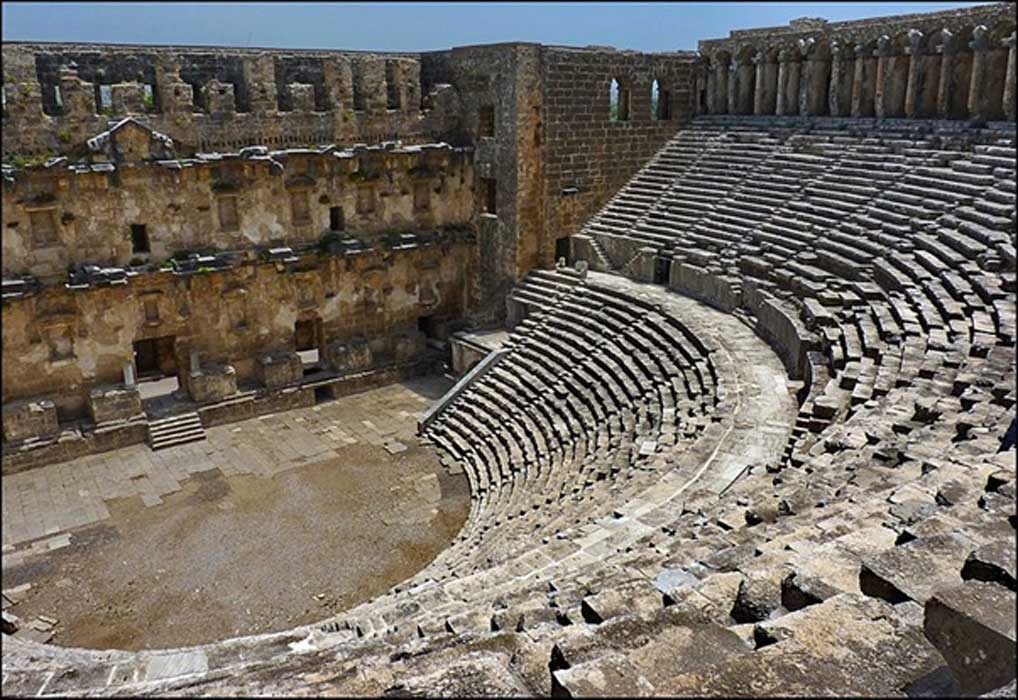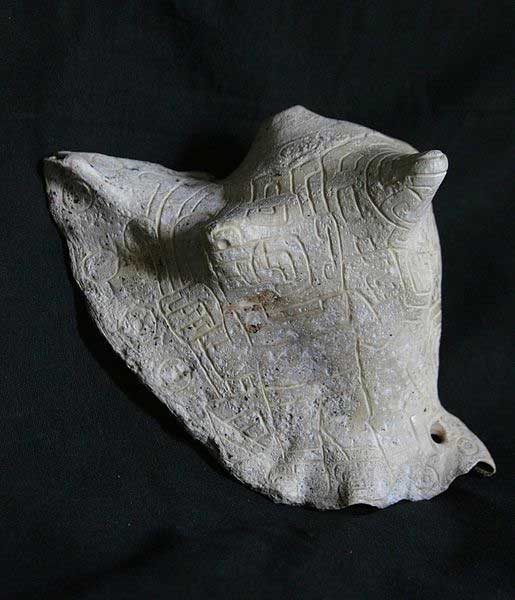
The Archaeoacoustics Field of Study
Archaeoacoustics is the use of acoustical study within the wider scientific field of archaeology. This includes the study of the acoustics at archaeological sites, and the study of acoustics in archaeological artifacts. Over the last 40 years it has become increasingly obvious that studying the sonic nature of certain areas of archaeology can help us understand ancient cultures. Archaeoacoustics is an interdisciplinary field, it includes various fields of research including: archaeology, ethnomusicology, acoustics and digital modelling. These form the larger field of music archaeology.
One of the leading research groups publishing new papers on archaeoacoustics is SB Research Group (SBRG). SBRG is a multidisciplinary university project supported by University of Trieste, Italy "that aims to study from 2010 the architecture, geometry, shape and materials of ancient structures in Europe".
"Archaeoacoustics is an interesting new method for re-analyzing ancient sites, it uses different study parameters to re-discover forgotten technology which operates on the human emotional sphere." (SBRG).Research over the last few decades is starting to shed light on the connection between ancient instruments and ancient sites. At Chavín de Huántar, Peru, Miriam Kolar of Stanford University reports in her article, "The Code of the Conch - How the science of sound explained an ancient Peruvian oracle":
Purpose and Use of Ancient Conch Musical Instruments"Archaeoacoustic research-sonic science applied to archaeological evidence-has revealed secrets built into Chavín's architecture, unlocked by the sound of conch shells that were buried for millennia.""Performing a replica shell horn inside Chavín's galleries, I can feel through my body the resonances between instrument and architecture, a physically and emotionally transformative experience that would have been similarly sensed-but interpreted differently-by humans in the past".
Chavín de Huántar and the work carried out by Stanford University provide us with a window into the acoustic past. A solid case has been made for the use of certain sound frequencies affecting the human emotional sphere, possibly in conjunction with psychotropic plants. We are generally led to believe that our ancestors were superstitious people who gleaned no real material benefit from their "rituals". The evidence appears to be slowly eroding this theory. For example, if we combine the work carried out by Stanford with the work carried out by UCLA, it becomes clear that certain sound frequencies are capable of changing regional brain activity. From my own research and experience, I can add, whilst inside certain Egyptian pyramids, being immersed in these sound frequencies has a more pronounced effect than simply listening to the sound frequency on headphones.
Certain notes produced by the conch shell are amplified by the chamber it's played in. I can say from personal experience, once a stone structure's resonant pitch has been matched, you can feel sound waves entering the body. On the tours I help organise, the first contact people have with this effect can often be very surprising. In this setting, the human voice can often sound like a didgeridoo, in the past, Australian guests have looked around for someone playing a didgeridoo! Even though the sound is simply my voice, creating vowel sounds, which are then amplified by the chamber.

Read the remainder of the article here.




Comment: See also: